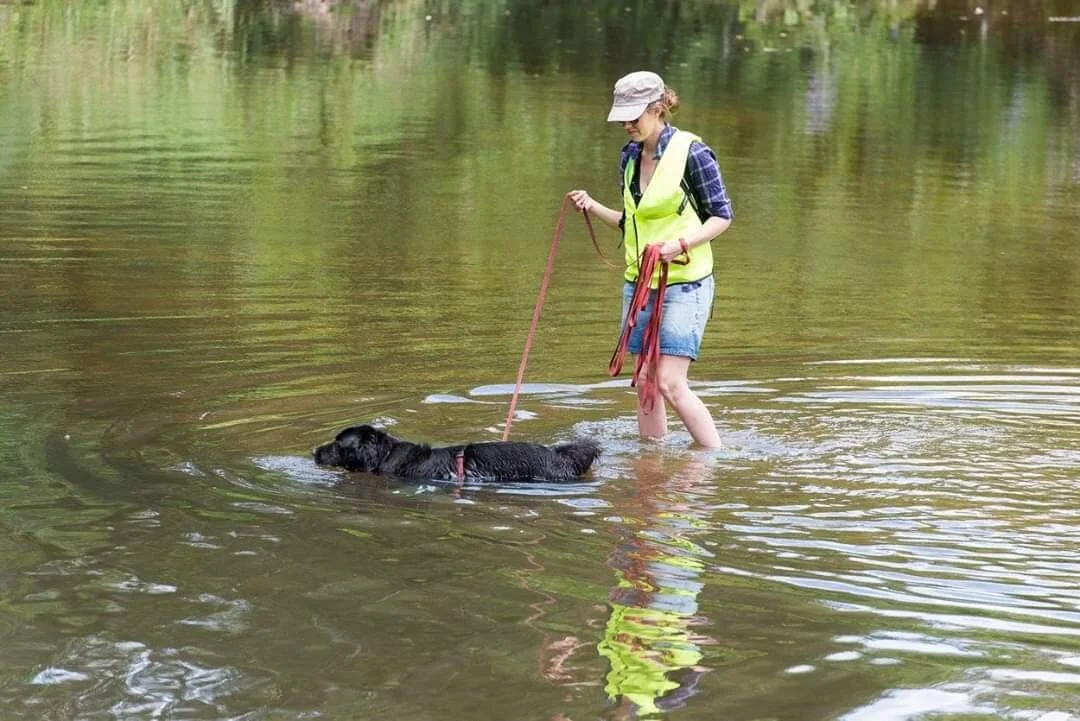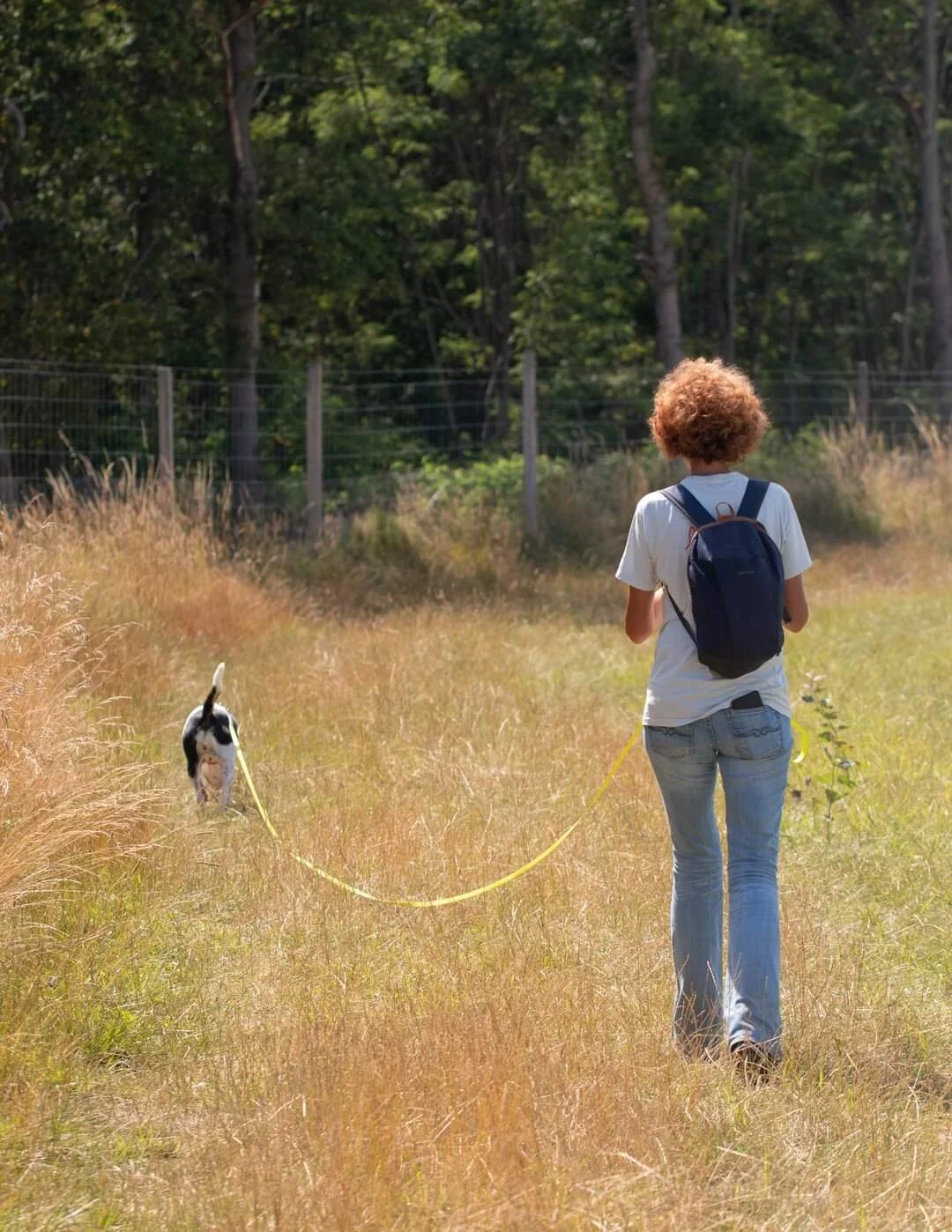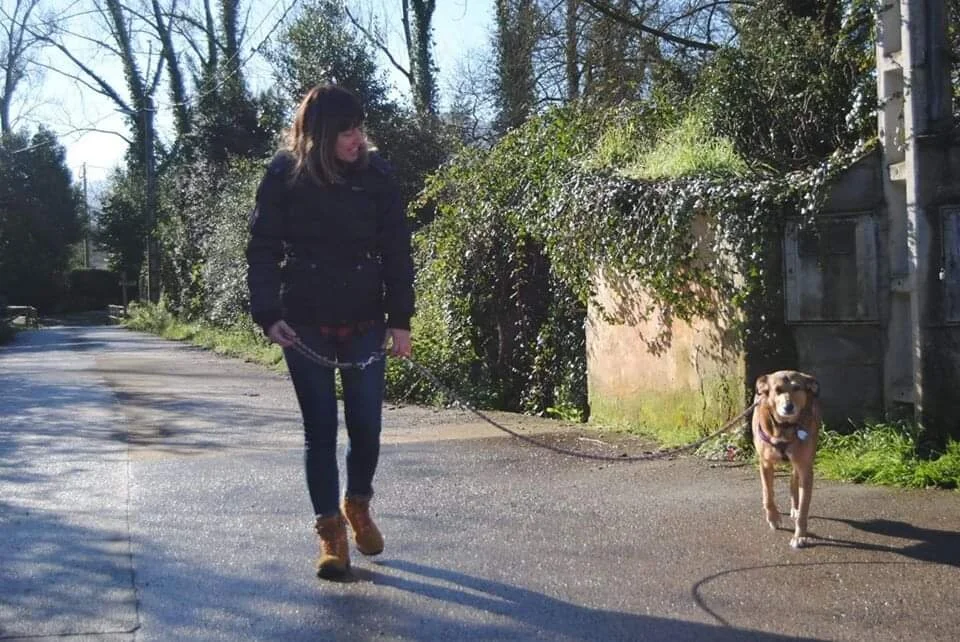Unrealistic Expectations
How often do we hear that our dog must NEVER, not once, pull on the leash, and should walk next to us at all times? We see these “ideal” dogs following their humans and never daring to stop to sniff or to choose a different path on their walks. This is often perceived as desired behaviour for our dogs.
Let’s look at the reality of such expectations.
Dogs are living beings with their own needs and emotions and are able to make their own decisions. Shall we never allow our dogs to express themselves and fulfill their natural needs, such as exploring and investigating?
If we do this, they will often shut down and simply stop trying to do anything by themselves. Sadly, this is often the reality for the dogs we constantly see heeling on walks.
A healthy and happy dog might pull on the leash once in a while. She can get excited or scared - and this is absolutely normal. Dogs would also rarely choose to walk in a straight line as they are naturally curious: stopping to sniff and investigate is very important for their wellbeing.
Dogs pull for a variety of reasons. It might be that they are very eager to go out for their walk and they pull at the beginning. Or they might be really excited about an interesting smell and they want to get to it as fast as they can. Understanding the motivation behind your dog's pulling is the first step to sorting out this issue. If you are unsure how to approach the situation, you can always find an ethical trainer to guide you. The Pet Dog Trainers of Europe's "Find a trainer page" is a good place to look:
Being able to interpret our dogs' feelings, their needs and the messages they are constantly sending us, and getting rid of unrealistic expectations towards them will not only increase the wellbeing of your dog. It will make you feel better as well since the society often places those expectations on dog guardians as well.
Our focus as caretakers should be on allowing our dogs to express their natural behaviours on walks - as long as it’s safe and enjoyable for everyone - and to create a harmonious relationship where our dogs are understood and appreciated for who they are.
If you would like find out more on what is a quality walk for your dog, we invite you to check out our articles linked below:
Why do you take walks with your dog?




